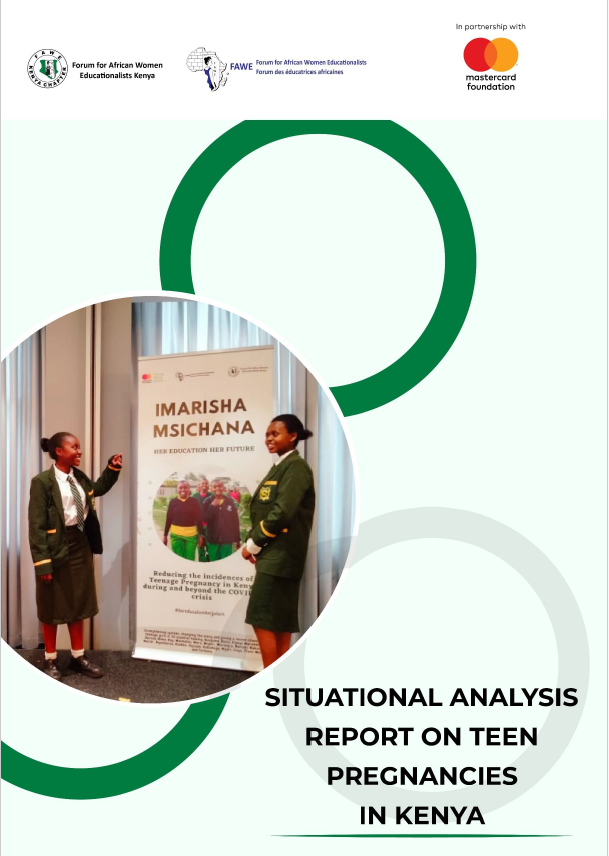
Situational Analysis Report On Teen Pregnancies In Kenya
The onset of the coronavirus (COVID-19) led to a disruption of normalcy across all sectors. Education was among the most affected sectors leading to school closures and unprecedented long holiday periods. Studies have shown that during this period of long school closures meant to slow down the spread of COVID-19, many young school-going girls got pregnant, others were married, and others dropped out of school. The cases of teenage pregnancies in Kenya rose steadily, creating a debate on what could be done to reduce the prevalence. In addition to the COVID-19, Kenya has also experienced prolonged droughts (in 2022) as well as recurrent floods in 2023 and 2024 which further disrupted schooling. Similarly, drought which has been perennial in the Arid and Semi-Arid areas (ASALS) counties of Northern Kenya and South Rift has disproportionally affected girls’ schooling, exposing them to teenage pregnancies and marriages. While the natural causes have the highest impact on learning, man-made causes like teachers strikes, political demonstrations especially during electioneering year 2022 and those during the reading of fiscal budgets have similarly caused disruption in learning, leading to prolonged stay at home for learners. According to the UNFPA Report (2021) on “Ending FGM and child marriages in Kenya,” it was observed that over 125 million girls and women face FGM in Africa and the Middle East, a practice that exposes them to child marriages as their communities perceive them as “mature for marriage.” Child marriage is strongly linked to teenage pregnancy, where one directly leads to the other. Studies have also shown that child marriage and teenage pregnancies are strongly linked to other health issues like maternal deaths and injuries for girls during pregnancy and childbirth, premature births, obstetric fistula, sexually transmitted diseases and domestic violence. Similarly, there are some pre-disposing factors to teenage pregnancies, like the type of residence, where teenage girls from informal settlements and in deep rural areas are more exposed compared those from urban and affluent backgrounds.


